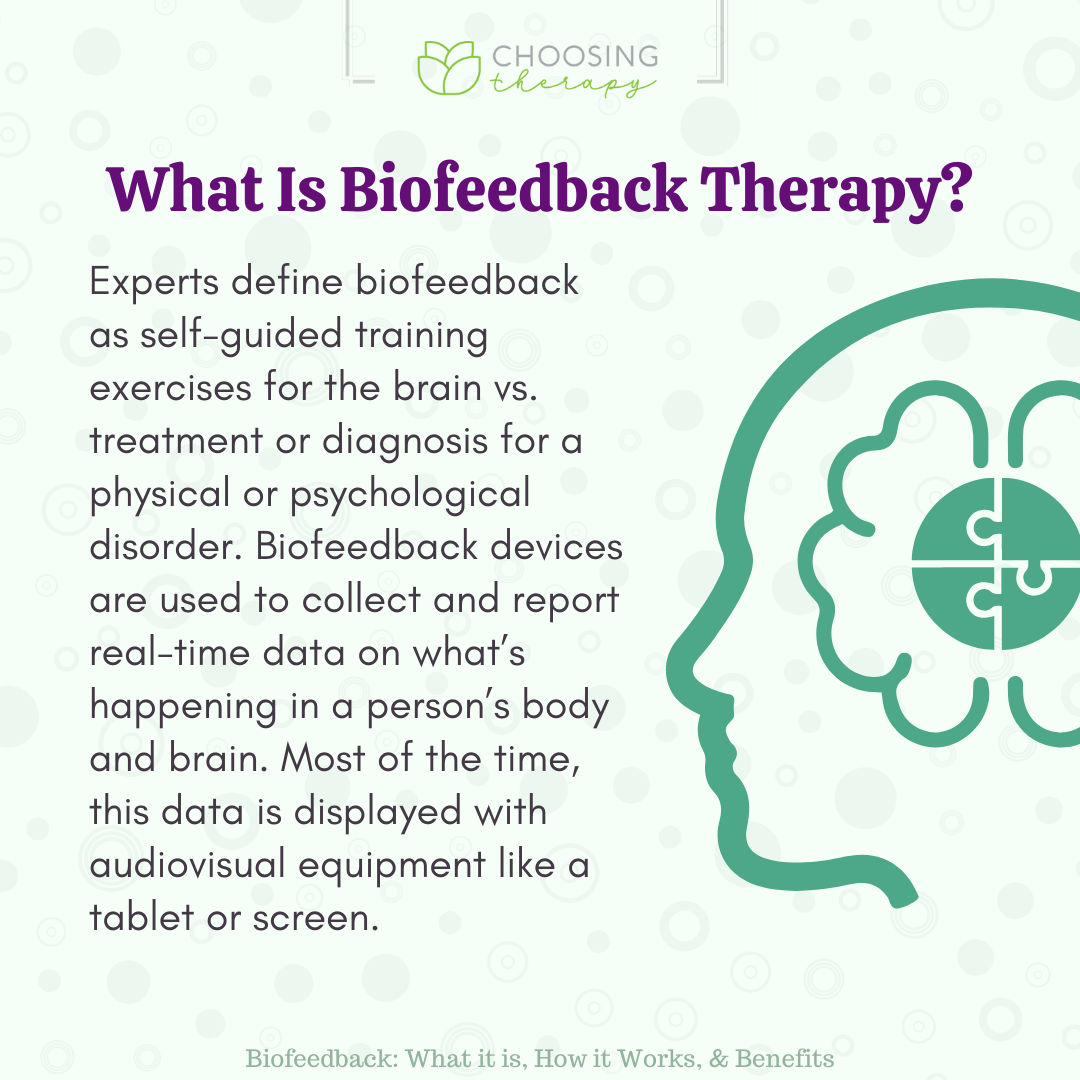Revealing the Link Among quantitative EEG and Sleep Disorder Patterns for Enhanced Assessment and Treatment
Slumber hypopnea is a common slumber disorder that affects many people throughout the world. It happens when a person's breathing is interrupted during sleep, resulting to subpar sleep quality and various health concerns. One of the ways researchers and physicians are endeavoring to improve understand and identify sleep apnea is through a method called quantitative EEG, or qEEG. This method measures the electronic activity of the brain and can offer important insights into how sleep apnea affects cerebral activity and general well-being.
qEEG entails positioning small sensors on the scalp to record cerebral waves. These cerebral waves are then analyzed to identify trends that may suggest sleep conditions, including sleep apnea. By analyzing these patterns, healthcare professionals can gain a more precise understanding of how sleep apnea disrupts normal brain activity during slumber. This data can be essential for formulating effective therapeutic plans tailored to individual patients. Understanding the connection between qEEG and sleep apnea can result to improved identification techniques and better outcomes for those affected by this condition.
Research has shown that people with sleep apnea often display specific alterations in their cerebral oscillation patterns. For example, during instances of apnea, the brain may exhibit heightened activity in certain areas while additional areas become less active. These changes can affect how well a person sleeps and how refreshed they perceive upon waking. By using qEEG to monitor these brain wave patterns, doctors can identify particular characteristics of sleep apnea in patients, which can help in making a more accurate diagnosis. This is especially important because sleep apnea can sometimes be mistaken for alternative sleep disorders, leading to misguided therapies.
In furthermore to enhancing identification, qEEG can also play a part in assessing the efficacy of therapies for sleep apnea. For example, after a client begins employing a continuous positive airway pressure (CPAP) machine, which helps keep the airway open during sleep, qEEG can be utilized to assess changes in brain activity. If the brain shows improved patterns of sleep after starting treatment, it may indicate that the treatment is functioning well. This response can help doctors formulate necessary adjustments to treatment plans, ensuring that patients receive the best care feasible.
In summary, the relationship between qEEG and sleep apnea trends is an promising area of research that holds promise for enhancing diagnosis and therapy. important source By comprehending how sleep apnea affects brain function, healthcare professionals can formulate more efficient approaches to help patients attain improved slumber and improve their overall health. As research continues to advance, it is probable that qEEG will turn into an integral tool in the fight against sleep apnea, leading to better results for those who experience from this difficult disorder.